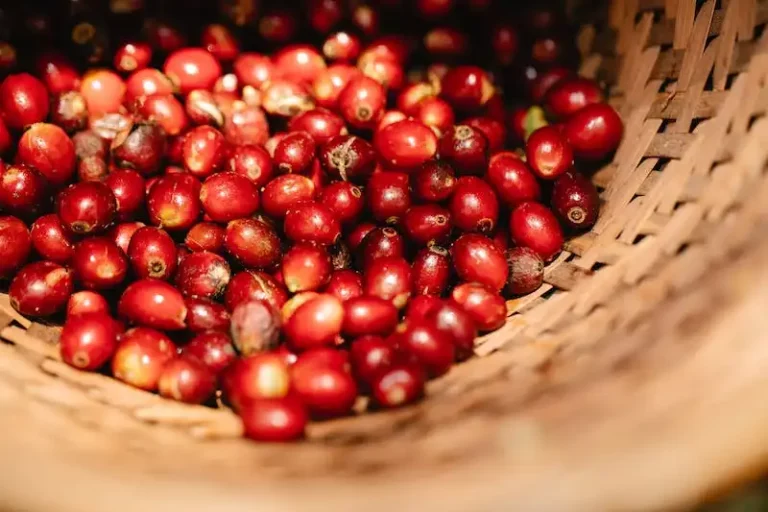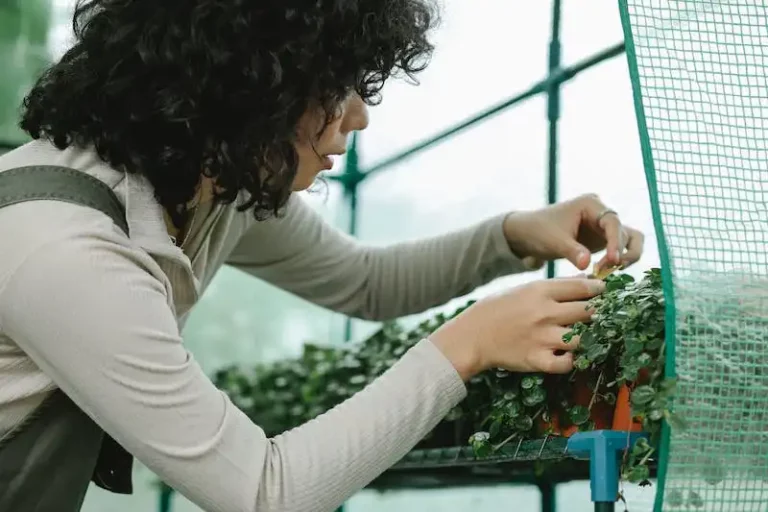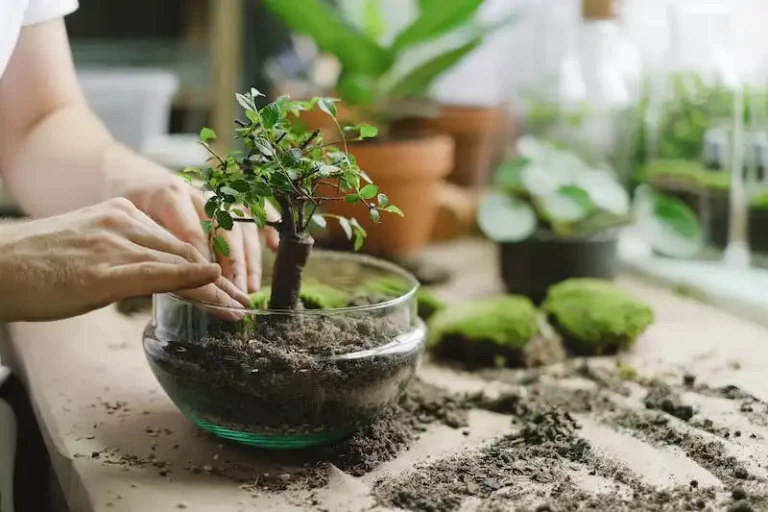Are you a passionate gardener or simply someone looking to start a new gardening project? If yes, then growing pumpkin vine can be a delightful and rewarding addition to your garden. Pumpkins are not only a popular fall decoration and a great source of nutrients, but they can also add a touch of whimsy to your space. Here are some tips on how to plant and care for pumpkin vines so that you can enjoy a bountiful harvest.
Firstly, it is essential to choose the right location in your garden for planting pumpkin vines. They require ample sunlight, at least 6-8 hours a day, and well-drained soil. July is the perfect time to start your pumpkin vine project, as it gives the vines plenty of time to establish themselves before the frost sets in.
One of the key factors in successful pumpkin vine management is providing proper support to the vines. Since they can quickly spread, it is recommended to use fencing or trellises to train the vines. This not only saves space but also helps in controlling the spread and assisting the fruit to grow evenly. Additionally, regular pruning and trimming of the vines can prevent them from growing too long – usually, between 4 to 14 feet in length, depending on the variety.
Another important aspect of pumpkin vine care is controlling pests and diseases. While pumpkins are generally hardy, they can be susceptible to certain pests and diseases, such as aphids and powdery mildew. Using organic pest control methods or consulting an extension service can help you identify and combat these issues effectively.
To wrap up, growing pumpkins on a vine can be a fun and rewarding experience for any gardener. With the right care and management, you can enjoy a bountiful harvest of giant pumpkins that will impress your friends and family. Stay tuned for more updates on our Facebook page or Google for additional tips and news on growing pumpkins and other gardening projects!
Gardener’s Guide to Pumpkin Vines Trimming Support Care
If you are a garden enthusiast, you might have planted pumpkin vines in your garden. These vining plants can quickly spread across your plot and cover a considerable length. In this guide, we will provide you with tips on how to trim and support your pumpkin vines.
Pumpkin vines, like other vining plants, need proper management to ensure healthy growth and good fruit production. Trimming the vines is an essential part of their care. By pruning the secondary vines, you can direct the energy of the plant towards the main vine and the fruits. This will help in the proper development of the pumpkins.
It is recommended to start trimming the pumpkin vines once they reach around 4 feet in length. You can use a sharp pair of pruning shears to cut off the secondary vines that are growing away from the main vine. This will prevent the plant from becoming too bushy and improve air circulation, reducing the risk of diseases.
Supporting the pumpkin vines is also crucial to avoid any damage to the fruits. You can use fencing or other structures to train the vines in a specific direction. This will help them grow vertically and save space in your garden. Additionally, supporting the vines will prevent them from spreading on the ground and rotting the pumpkins.
Throughout the growing season, it is important to regularly update and check the support system. As the pumpkin vines continue to grow, they can become heavy and might require additional support. By staying on top of the support maintenance, you can ensure healthy and well-supported vines.
As a gardener, it is essential to know what to expect from your pumpkin vines. They are known for producing large fruits, including giant pumpkins. With the right care and support, you can achieve impressive results in your garden.-
For more information on pumpkin vine trimming and support care, you can visit our website or check out our Facebook page. We have a dedicated section on our website that provides a comprehensive guide to pumpkin vine care. You can also find news and updates about our ongoing pumpkin vine project on our Facebook page.
What Is a Pumpkin Vine
A pumpkin vine is the vining portion of a pumpkin plant. Pumpkin plants, scientifically called Cucurbita pepo, are known for their vining nature. Once planted in a plot, pumpkin vines can quickly cover a large area. The vines are the source of the fruit, which is commonly referred to as a pumpkin.
In the world of gardening, pumpkin vines are often a topic of discussion and fascination. Growing pumpkins can be a rewarding experience for gardeners, and understanding the nature of pumpkin vines is key to successfully growing these fruits.
From the moment the pumpkin seeds are planted, the vines begin to spread and grow. The length of the vines can reach up to 4 feet in just a week, depending on the growing conditions. Gardeners often use sections of fencing or other support structures to control the spread and train the vines.
Pumpkin vines require proper care and management. Some gardeners even create dedicated pumpkin vine support systems to keep the vines under control. Regular trimming and pruning of the vines can help manage their length and spread. This is typically done through the garden season, with July 14th being the recommended timeframe for trimming the vines.
By providing a suitable support structure, such as fencing or a trellis, gardeners can effectively control the growth and spread of their pumpkin vines. This helps to prevent the plants from taking over other areas of the garden. Additionally, ensuring proper care with regular watering, fertilizing, and pest management is essential for healthy pumpkin vine growth and fruit development.
For pumpkin enthusiasts, growing a giant pumpkin vine can become a project of its own. Many people turn to online resources, such as Facebook groups and gardening forums, to find tips and guidance on growing giant pumpkins. The internet is a great source of information for those interested in learning more about the care and management of pumpkin vines.
In conclusion, a pumpkin vine is the vining portion of a pumpkin plant that is responsible for the growth and development of pumpkins. Understanding how to support and control the growth of pumpkin vines is essential for successful pumpkin gardening. Whether you’re a beginner or experienced gardener, the care and management of pumpkin vines can provide a fun and rewarding experience in the garden.
How to Control Pumpkin Vines
Controlling the growth of pumpkin vines is an important aspect of a gardener’s job. Without proper care and management, these vines can quickly take over a garden and cover other plants. Here are some tips on how to control pumpkin vines:
1. Trimming and Pruning: To keep the vines in check, it is recommended to trim and prune them regularly. This helps to control their length and spread. Pruning once a week can help to maintain the desired shape and size of the vine.
2. Training: To prevent the vines from spreading too much, train them to grow in specific sections or areas of the garden. You can use fences or other supports to guide the vines in the desired direction.
3. Support: Since pumpkin vines can grow up to 30 feet in length, it is important to provide them with support. This can be done by using trellises or stakes. Supporting the vines helps to prevent them from sprawling across the garden.
4. Fruit Management: To ensure the health and quality of the pumpkins, it is essential to manage the fruit. This includes removing any inferior or diseased fruits to promote the growth of healthy ones.
5. Update on Vine Length: As the vines grow, it is important to regularly update the length information. This helps in monitoring their progress and making necessary adjustments in their care.
6. Seek Expert Advice: In case you have any specific concerns or questions about pumpkin vine care, do not hesitate to seek advice from experts. Extension websites, gardening forums, or even social media platforms like Facebook can be a great source of information and guidance.
Remember, effective control of pumpkin vines ensures healthier growth and abundant fruit production. By following these tips, you can successfully manage your pumpkin vines and have a flourishing garden. Happy gardening!
How to Train Pumpkin Vines
If you’re growing pumpkins in your garden, you may find that they can quickly take over your plot. Pumpkin vines have a tendency to spread out and cover a large area, often reaching lengths of up to 30 feet. To control their growth and ensure proper fruit development, it’s important to train your pumpkin vines.
Here are some tips on how to train your pumpkin vines:
- Choose a site: Select a sunny spot in your garden with good soil drainage for your pumpkin vine project.
- Prepare the soil: Before planting your pumpkins, make sure to amend the soil with compost or other organic matter to provide the plants with necessary nutrients.
- Plant the seeds: Once the soil is prepared, plant your pumpkin seeds directly into the ground or in raised beds.
- Provide support: As soon as the vines start to grow, insert sturdy stakes or trellises near the plants to support their weight. This will prevent the vines from sprawling all over your garden.
- Train the primary vines: Choose the strongest and healthiest vines to be your primary vines. Gently guide these vines to wrap around the support structures you’ve provided.
- Prune secondary vines: As the pumpkin plant grows, it will produce secondary vines that can sap energy from the main plant. Prune these secondary vines to ensure the main vines receive the majority of nutrients and water.
- Manage spreading: Regularly check the area around your pumpkin vines and remove any weeds or other plants that may compete for resources.
- Stay on top of watering: Pumpkins need regular watering, especially during dry spells. Water deeply and consistently to promote healthy growth.
- Control pests and diseases: Keep an eye out for common pumpkin pests, such as squash bugs and powdery mildew. Use organic pest control methods or consult with your local extension office for appropriate treatment options.
- Harvest at the right time: Monitor the growth of your pumpkins and harvest them once they reach full maturity. Different pumpkin varieties have different optimal harvesting times, so refer to a reliable source for specific instructions.
By following these tips, you can successfully train your pumpkin vines to grow and produce healthy fruits. Remember to stay on top of maintenance tasks, such as trimming and pruning, to keep your vines in check and ensure a bountiful harvest.
How to Prune Pumpkin Vines
Pumpkin vines can quickly take over a garden plot and spread out in all directions. To manage the growth and control the vines, pruning is a necessary task for every gardener.
Here are some tips on how to prune your pumpkin vines:
| 1. | Start pruning once the vines reach about 4 to 6 feet in length. This is usually around July, but it may vary depending on your location and the time of year when the pumpkins were planted. |
| 2. | Look for secondary vines that grow from the main vine. These secondary vines can take up valuable space in your garden and may not produce as well as the main vine. It’s important to trim them off to focus the plant’s energy on the main vine. |
| 3. | Remove any dead or diseased portions of the vines. This will help prevent the spread of diseases and keep your plants healthy. |
| 4. | Train the vines to grow in specific directions using fencing or other support structures. This can help keep the vines contained and make them easier to manage. |
| 5. | Trimming the tips of the vine can promote branching and the development of more fruiting nodes. However, be careful not to remove too much of the vine’s length. |
| 6. | Consider using a trellis or cage to support the vine and its fruit. This can help prevent the pumpkins from rotting on the ground and make them easier to find and harvest. |
By following these pruning and management tips, you can enjoy a healthier and more productive pumpkin vine. Happy gardening!



